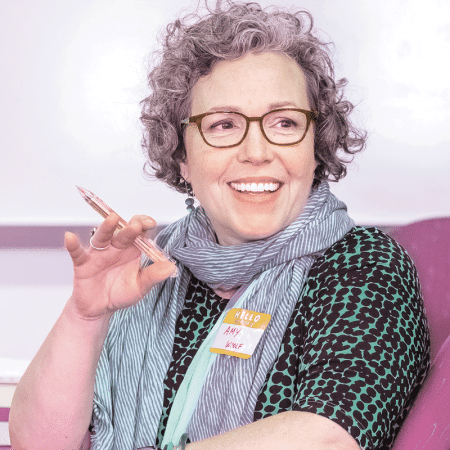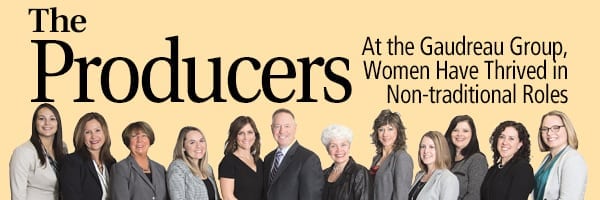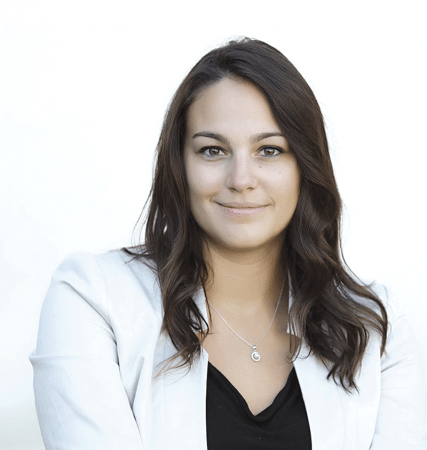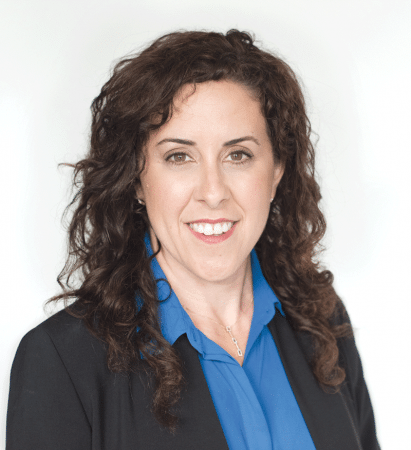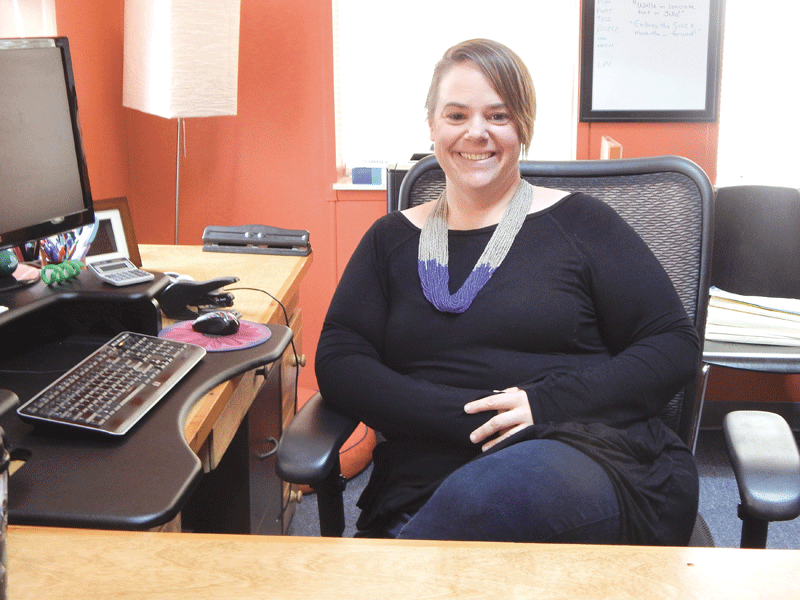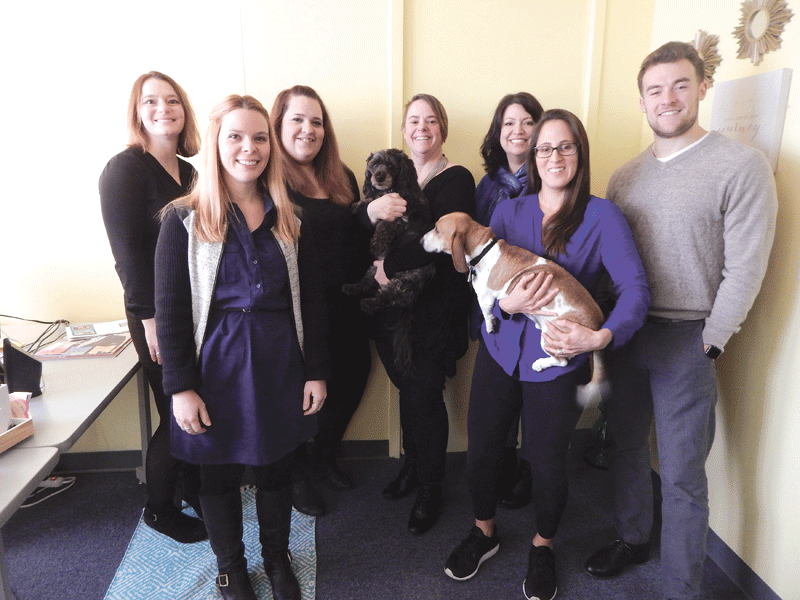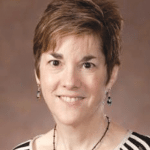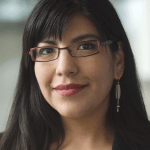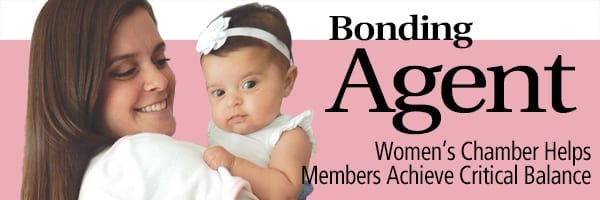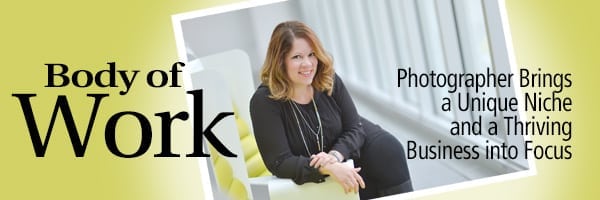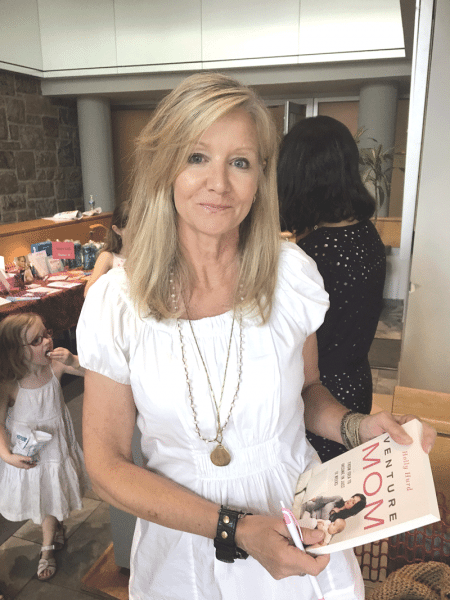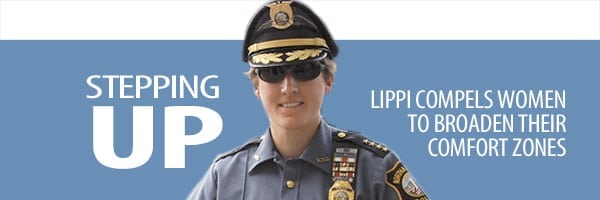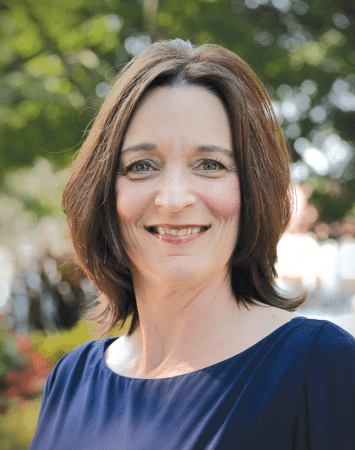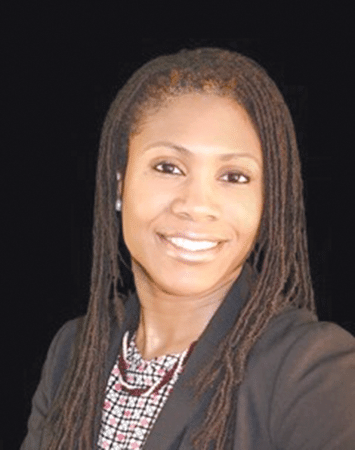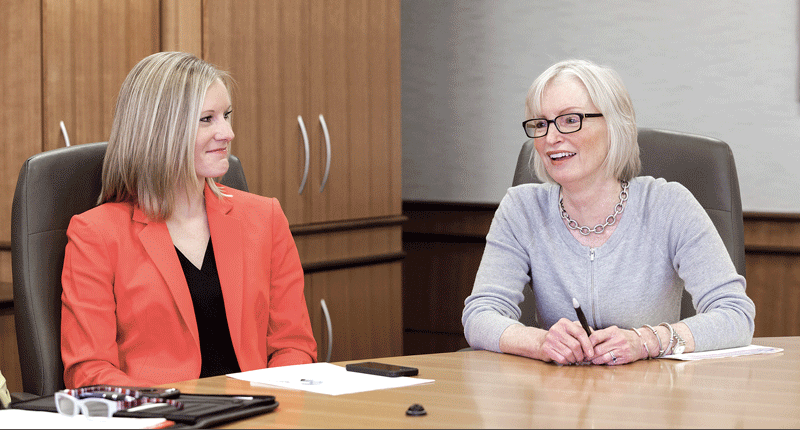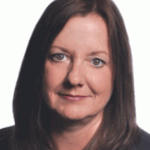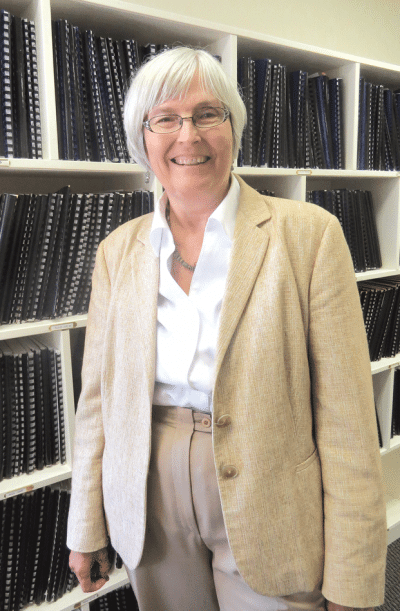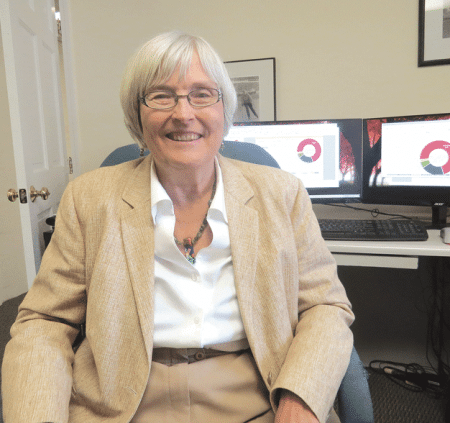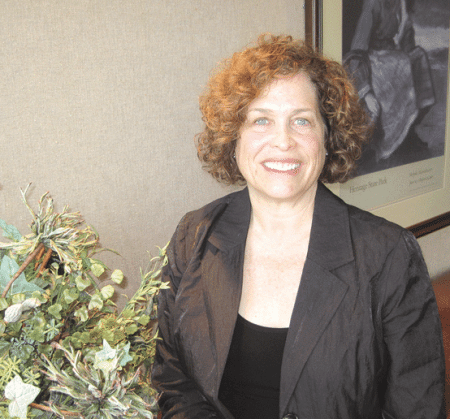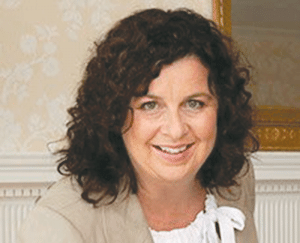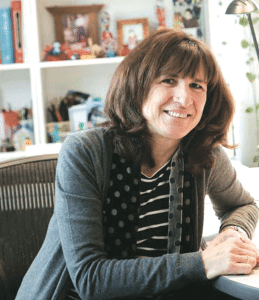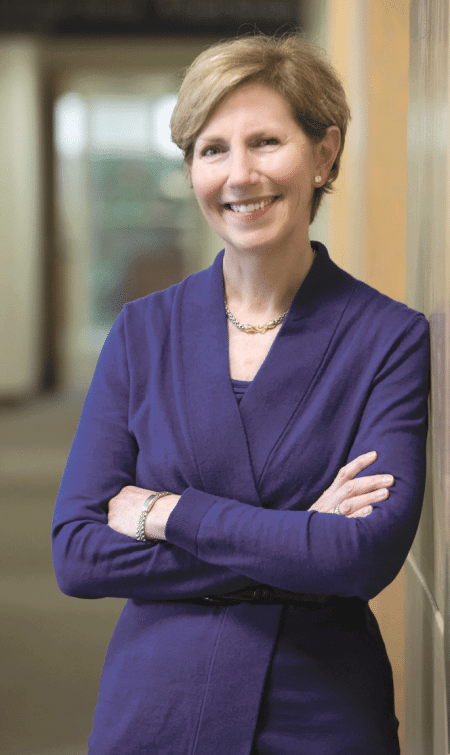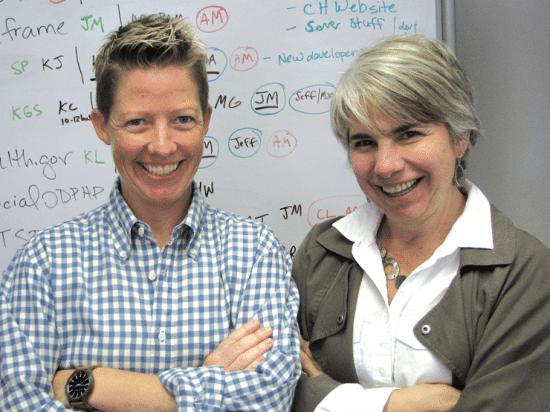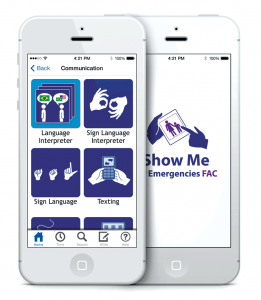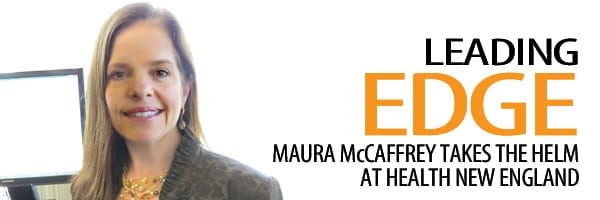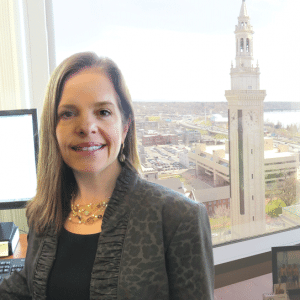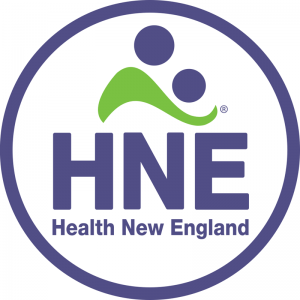Body of Work

Dani Klein-Williams says her soon-to-be released book (inset) will bring more exposure for her company and its unique niche.
When Dani Klein-Williams started her own photo studio, she had only enough confidence to seek a month-to-month lease. Fast-forward nearly 20 years, and she’s occupying 1,300 square feet on the second floor of Thornes Marketplace in Northampton. This sea change has come about through an abundance of confidence forged through a blend of sound business practices, cutting-edge work in the field, and development of intriguing niches, such as the genre known as boudoir.
Dani Klein-Williams was only half-kidding when she joked that photographers don’t even like to look back at work they did a few months or even a few days earlier because of how much they feel their talents have grown since and how they could have done things better.
And that explains why she offered a wry smile and gazed skyward as she thought back to the time she took what would be considered her first boudoir photograph.
That was roughly 12 years ago, she recalled, noting that it came about because a client, a soon-to-be bride, wanted a different kind of wedding present for her fiancé — “beautiful, tasteful, but sexy” photographs.
“She felt that she had been working out harder than at any time in her life, she looked the best she ever had, she’d been getting facials … she felt really beautiful, and said, ‘30 years from now or 50 years from now, I want to have these pictures,’” said Klein-Williams, adding that those last few sentiments comprise a form of common denominator for those who hire her for such work.
Looking back, she said the subject of that first boudoir photo shoot was in some ways more comfortable with what was going on than she was, and that she was certainly learning by doing.
“Photographers don’t even like the work they did the day before,” she said while explaining that sentiment noted above. “Usually, you’re critical, and you improve … thinking about a boudoir session I shot 10 years ago is, well, kind of scary.”
Fast-forward to today, and Klein-Williams has certainly retired ‘scary’ while fashioning boudoir photography into one of the cornerstones of a business she has taken from the ground up.

Dani Klein-Williams says boudoir photography, misunderstood by many, is now a huge part of her business.
Indeed, her large studio in Northampton’s Thornes Marketplace is outfitted with, yes, a queen-sized bed, among other things, for such photographs. Only it doesn’t get used as much as it used to, because she’s doing much more of this work on location, as they say in this business — at clients’ homes, in hotels in various cities, and even on a farm just outside Boston.
Klein-Williams now shoots several hundred such photos a year, and that number is perhaps not the most surprising thing about this niche. She points out that the average age of the subjects is roughly 45 by her estimate (one of them was 69), and many, if not most, would fit that diplomatic description ‘plus-sized.’
Klein-Williams has become so adept at this art that she’s written the book on it — quite literally. It’s called Real. Sexy. Photography: The Art and Business of Boudoir. This is, as she described it, a cross between a coffee-table book and how-to manual (there are specific instructions on how to replicate each shot). It will be out in August, and she expects it will sell reasonably well, but also, and perhaps more importantly, raise awareness of her business and the niche she has developed.
Just as a recent article about her career in the online version of Forbes has. It came out about a month ago and has already generated some business, as well as a new way to reference her venture.
“It has really helped us secure some jobs,” she said of that exposure. “We had sent a proposal for a big job — shooting 40 attorneys for a Manhattan law firm — and hadn’t heard back. I forwarded them a link and said, ‘you want to go with the Forbes photographer, right?’ And they said ‘yes’ — they called back and booked.”
Between the book, the Forbes piece, and a growing portfolio of clients and assignments, Klein-Williams, who started this business just a year out of high school, feels she’s ready to take the next step (if she hasn’t already taken it) and move into high-end, even very high-end, wedding, corporate, and boudoir photography.
And she feels ready not simply as a photographer, but as a business person, because she works equally hard at both facets of this enterprise.
“I feel like I’m a business owner, and I’m in the business of photography,” she said while noting that most in this profession don’t have quite the same take. “I love photography; it’s a passion of mine. But I’m a business person first and a photographer a close second.”
For this issue and its focus (that’s an industry term) on women in business, we zoom in (there’s another one) on an intriguing business and its body, or bodies, of work.
Learning Curves
As mentioned earlier, Klein-Williams put her name on a business card when she was 19, when most of her peers were deciding which college courses to add or drop or trying to land a summer job.
So one might assume she’s always possessed an abundance of confidence — and assume incorrectly.
“When I rented my first space in the Eastworks building [in Easthampton], I went month-to month,” she said in an effort to make a point. “I said, ‘I think I can make the rent … I’m pretty sure. But I don’t really want to sign anything because I don’t know for real.’”

Dani Klein-Williams says one of the goals in her business plan is to add more high-end destination weddings to the portfolio.
But like expertise in boudoir photography, confidence has come with experience, and today, Klein-Williams doesn’t lack for either, especially confidence.
Indeed, consider this comment when she was asked about the competition for boudoir work — she doesn’t believe there is much — and the other types of work she does.
“I think the biggest mistake you can make is caring what someone else does,” she explained, adding that she believes this applies to not only her business, but all others as well. “I think that it’s a waste of energy; if you spend any time thinking about what the competition’s doing, you’re not focused on what you’re doing.
“And I always think that I want to be one step ahead of everyone else, doing the latest, greatest thing,” she went on. “And I want to be constantly reinventing myself and constantly honing my craft. The second I stopped caring about what anyone else was doing … that’s when my business improved.”
Reaching this state hasn’t come easily, though, and it’s been achieved though large amounts of perseverance, entrepreneurial guile, and, yes, some luck, as we’ll see.
Our story begins, more or less, with her decision (made just before the semester was to begin) not to go to college, but instead attend the Hallmark School of Photography in Turners Falls.
That decision didn’t exactly sit well with her parents, but it did with her; she had been intrigued by photography since her youth, and, despite her parents’ reservations, she decided to follow her passion.
The 10-month program offered a quality education, she recalled, adding that it provided her with technical skills and the requisite amount of confidence needed to pursue photography as a career.
She started out working with and for two different — and much older — photographers, one of whom was in his early ’70s and essentially easing his way into retirement. And here’s some of that luck that was mentioned earlier.
“He was just feeling really done, ready to retire,” she recalled. “And he offered me an opportunity. He said, ‘I don’t really feel like being in my studio; do you want to sit here and answer phones? Anyone who calls, and I’m not here, you can take the work.’
“And he went one better — he said I could use his studio,” she went on, adding that she took full advantage of this opportunity to essentially launch her own business. “It was the best-case scenario; I had nothing to lose, I was still working for him photographing weddings, and he would let me take any spillover.”
Eventually, Klein-Williams had enough of her own clients to start her own studio, and set up shop in Eastworks in 2001 — paying month to month, as she noted, while also holding down a few retail jobs and handling jobs for other photographers.
“There was a lot of luck involved, as well as hard work and some really generous people,” she said of her start in business, adding that, in 2003, she and her husband, Keith, got engaged and together decided to devote all their energies to making the photography business work.
“We lived off his salary for a while, and I threw every dollar I made back into the business,” she explained. “It didn’t take long, and once I went full-time, I said, ‘why didn’t I do this years ago?’ Soon after, I hired my first employee and just went for it.”
As with all entrepreneurs, she had to take her talent and meld it with business acumen, something that happened over time and through the requisite trial and error.
“I tried everything, and when it worked, I stuck with it, and when it didn’t work, I moved on, and it worked out,” she said, adding that one of her forays that fell into that first category was boudoir.
Developing Interest
But as she thought back on her first session in that genre, Klein-Williams noted there was really nothing about it that even hinted of everything that was to come over the ensuing dozen years.
“I started to do this this very quietly,” she noted, putting heavy emphasis on the adjective in that sentence. “I was strictly a wedding photographer, a portrait photographer, and here and there I would do a boudoir session or two.”
Things changed, though, when the subject of one of those shoots invited Klein-Williams — or almost dared her — to put one of the shots out in her studio as a way to perhaps intrigue other brides and prompt them to pose.
She did — and, to make a long story short, many brides did as well, and a lucrative niche was born.
“I put out one or two pictures sort of in the background, not the forefront of the studio,” she explained. “People started to notice and ask about it; things started off slowly, to be sure.
“Then, we had a client come in who said, ‘if you’re using her pictures, I want you to use my pictures — you can put them on your website,’” she went on. “Then Facebook came out, and people started to say, ‘put my photos there if you want — I feel good about them, I feel beautiful, I feel powerful.’”

Dani Klein-Williams says boudoir photographs, like this one, now represent more than a third of her annual workload — and revenues.
It got to the point where some women would call and ask why one of their photos wasn’t displayed on the website.
And those sentiments, not to mention that desire among many women to put their photos out where the public, not merely their fiancé, can see them, helps explain why this niche has grown so much over the years, said Klein-Williams, from 30 sittings a year to more than 300. The women are proud of what the camera has captured, and, in some ways, they find the experience empowering.
As she talked about her niche, Klein-Williams said this is serious business, one many people don’t fully understand, or want to.
“I think people have misconceptions about what boudoir is,” she told BusinessWest. “It’s very beautiful, very tasteful — people are generally more covered than you would see at the beach. Also, many think this is just for the size-2 supermodel, and it’s not.”
While many don’t understand this photograph genre, it’s clear that a growing number do, she went on, adding that, while she still markets herself and this specific niche at trade shows and other venues, many of those whose pictures wind up on her website and her walls find her. Many of them are from well outside the 413 area code, and, in another surprising statistic, some are repeat customers.
“When we started doing this, we thought these would be one-and-dones; we’re not going to do repeat business for boudoir,” she explained. “But people have so much fun that they end up coming back, sometimes by themselves, but often with their sister or their best friend to keep them company, so we see a lot of clients repeatedly.”
But boudoir photography, as healthy and intriguing a niche as it is, is just one component of Klein-Williams’ growing portfolio — and business.
Indeed, she now has eight employees and several photographers on her staff and, as mentioned earlier, appears poised to take that leap to the next level in terms of prominence, the size and price tag of assignments, and sales revenue (she’s looking to crash through the $1 million mark this year).
Weddings comprise a large portion of the business, and Klein-Williams is devoting much of her time and energy to building this segment of the portfolio. Much goes into this, and the actual photos that wind up in an album or on one’s walls are only part of the equation.
Indeed, there is a huge amount of customer service involved with this work, she explained, adding that it involves getting to know the bride and groom (but especially the former), what’s important to them, and what they want captured not only on their wedding day, but the day or two before, in many cases.
“People hire me because they trust I’ll do right by them,” she explained. “I will create beautiful images that will bring back the emotions of their day. It’s not just a recording of what they did — now they cut the cake, now they do the first dance.
“I really get to know my clients; I meet with them a lot,” she went on. “When they choose a florist or someone like that, this vendor is not going to be with them all day. But I’m with them throughout the day, for all their important moments. So when they make the decision to hire us, that has to be something that they’ve really thought through and that they’re comfortable with.”
These sentiments reflect what she said earlier about competition and how she doesn’t dwell on it.
“I don’t think of other photographers as competition at all,” she explained. “I feel that what I offer is unique and what they offer is unique, and when you’re hiring someone for boudoir, a wedding, or anything else, you’re hiring them based on making sure that you have the same artistic vision, but even more than that, that you have the same personality.
“You’re hiring someone for your wedding day that you really get along with and that has the same vision that you do,” she went on. “And it’s the same for boudoir.”
A Shooting Star
As she talked about her soon-to-be released book (one can pre-order it on Amazon), Klein-Williams acknowledged that this how-to could, in some ways, create competition for her down the road within that boudoir niche.
But she shrugged off that potential threat in a manner that shows how far she’s come since those days of not making sure she could make the rent.
“Before we release our secrets, we’re always on to the next thing,” she said. “That’s what a successful business person does; I’m not worried about competition.”
Such confidence shows why she’s moved to the top of the profession locally, and why this business she started when she was only 19 continues to develop and gain an ever sharper focus on growth.
George O’Brien can be reached at [email protected]
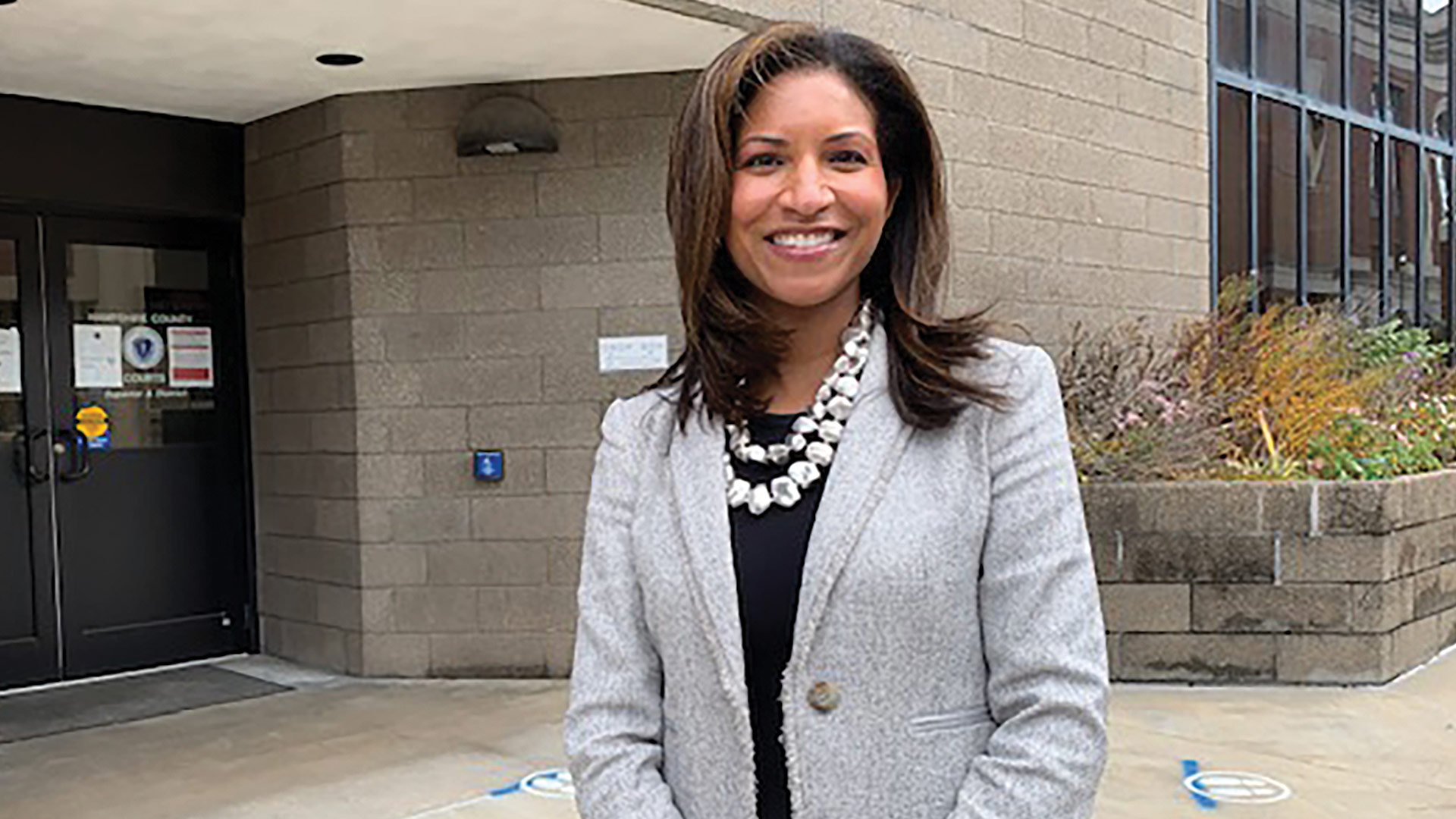



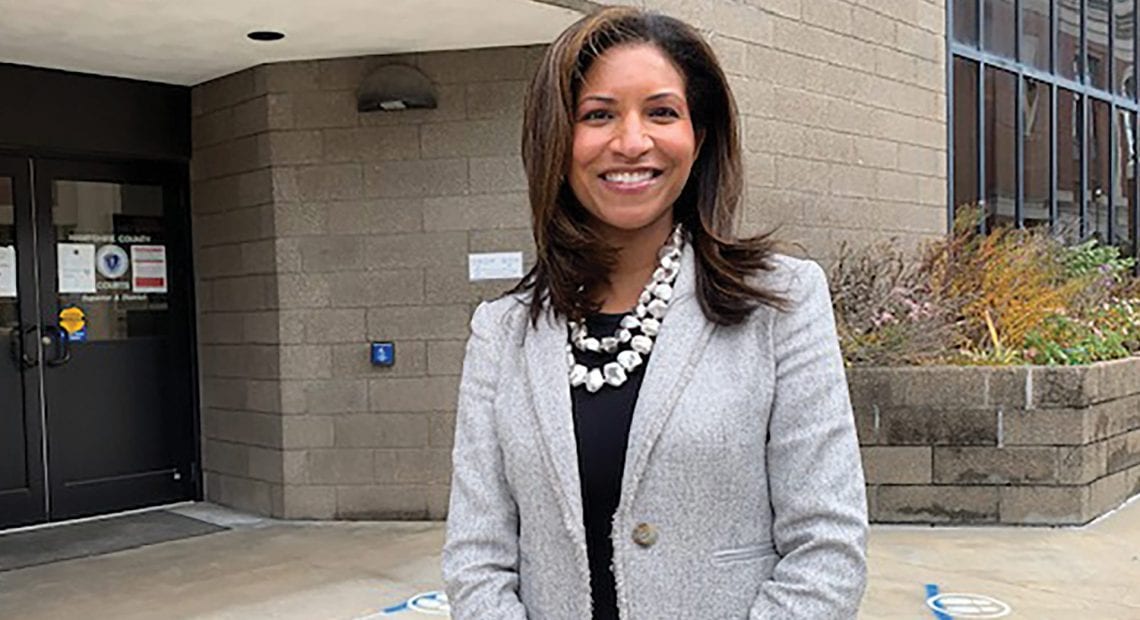

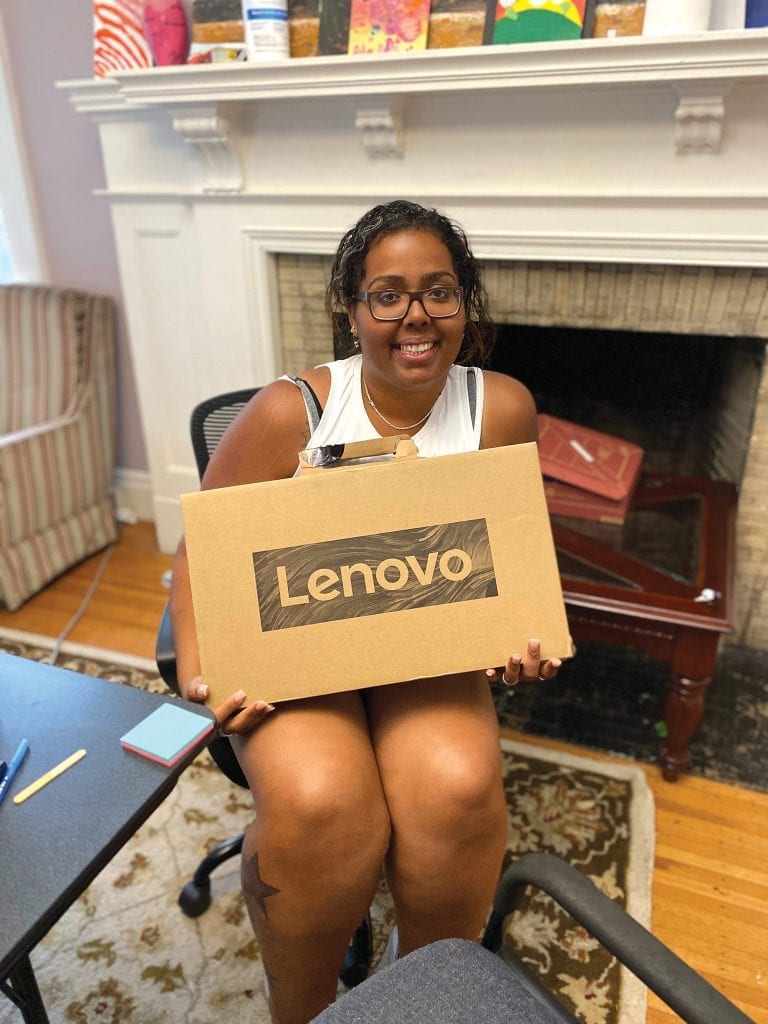

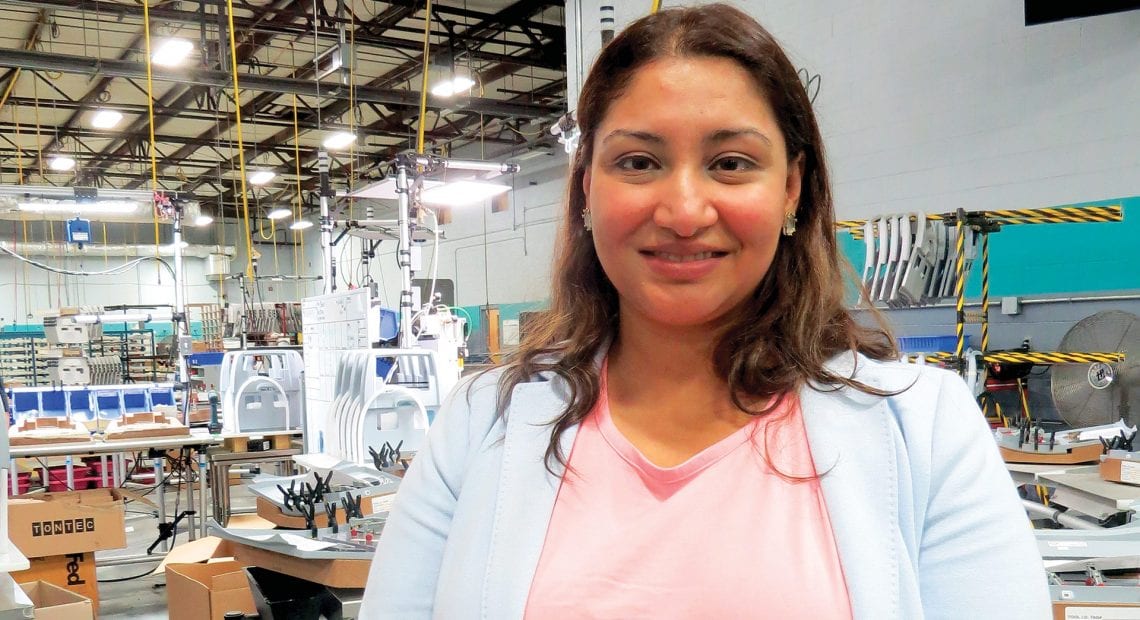
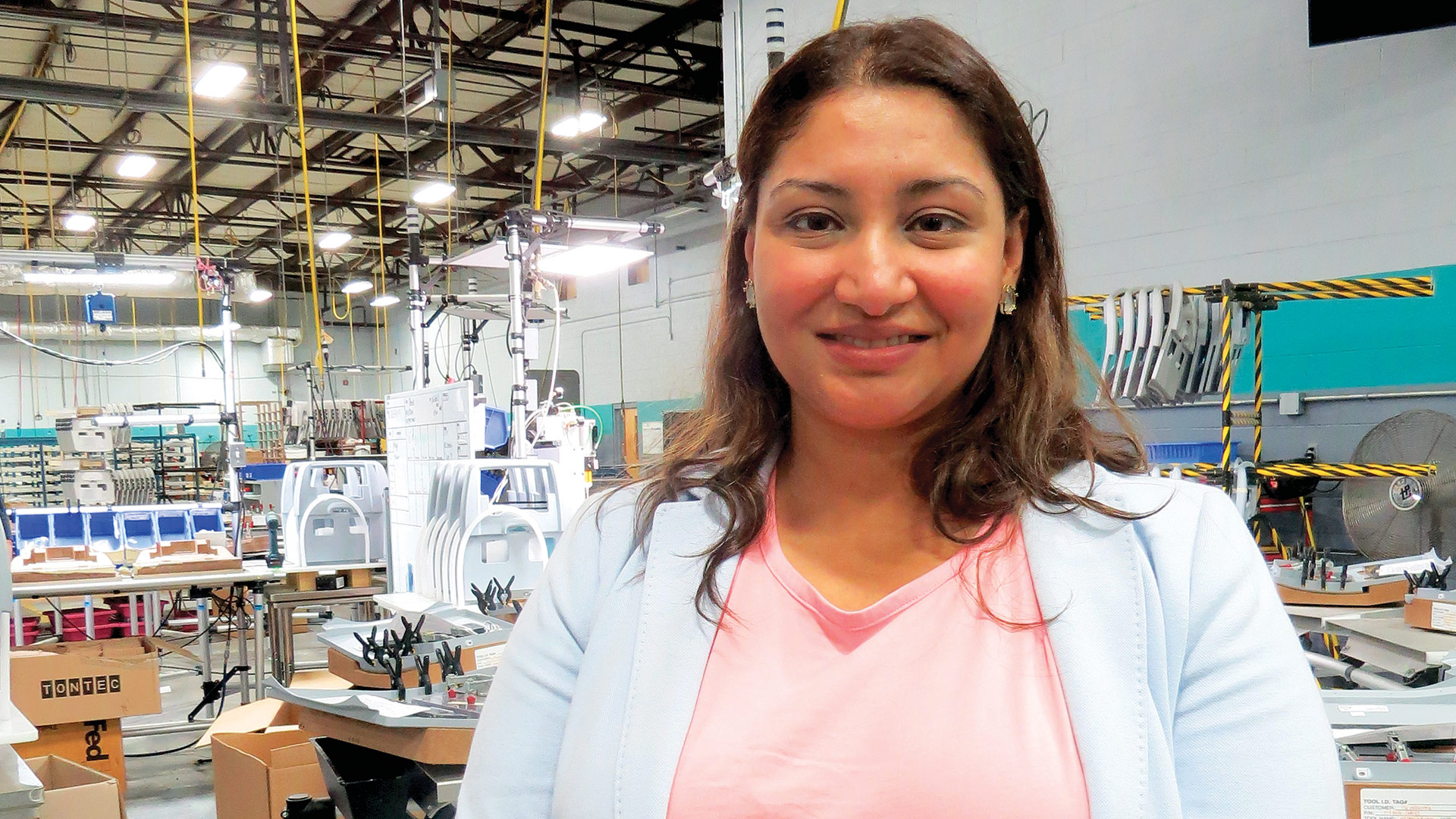

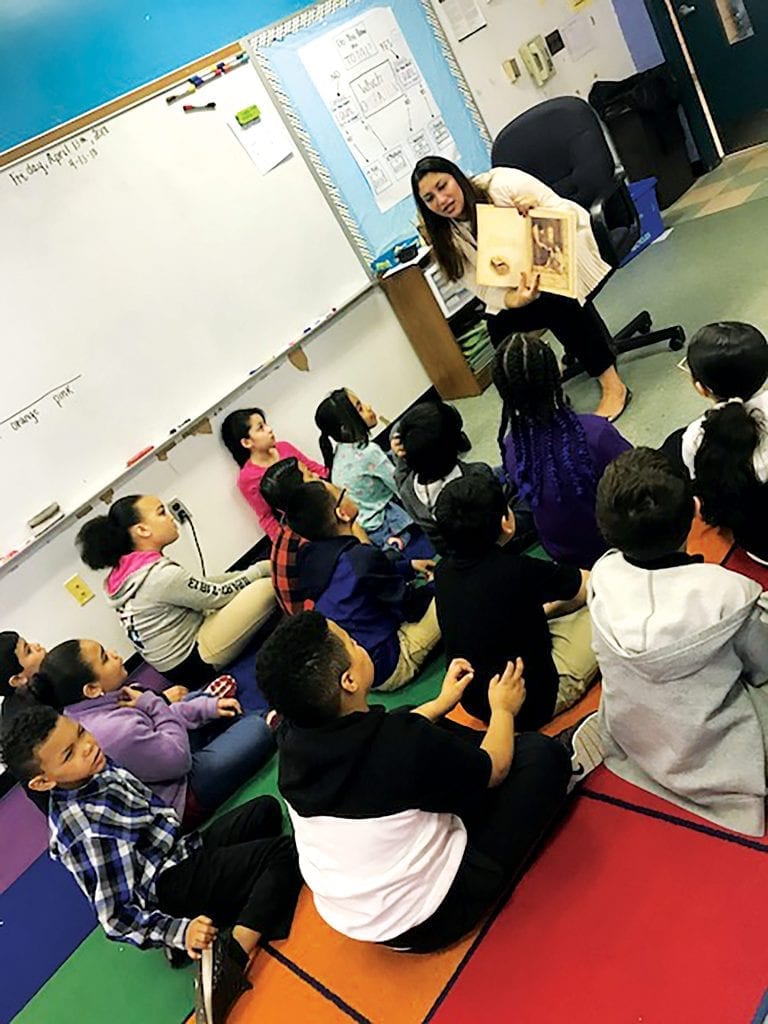
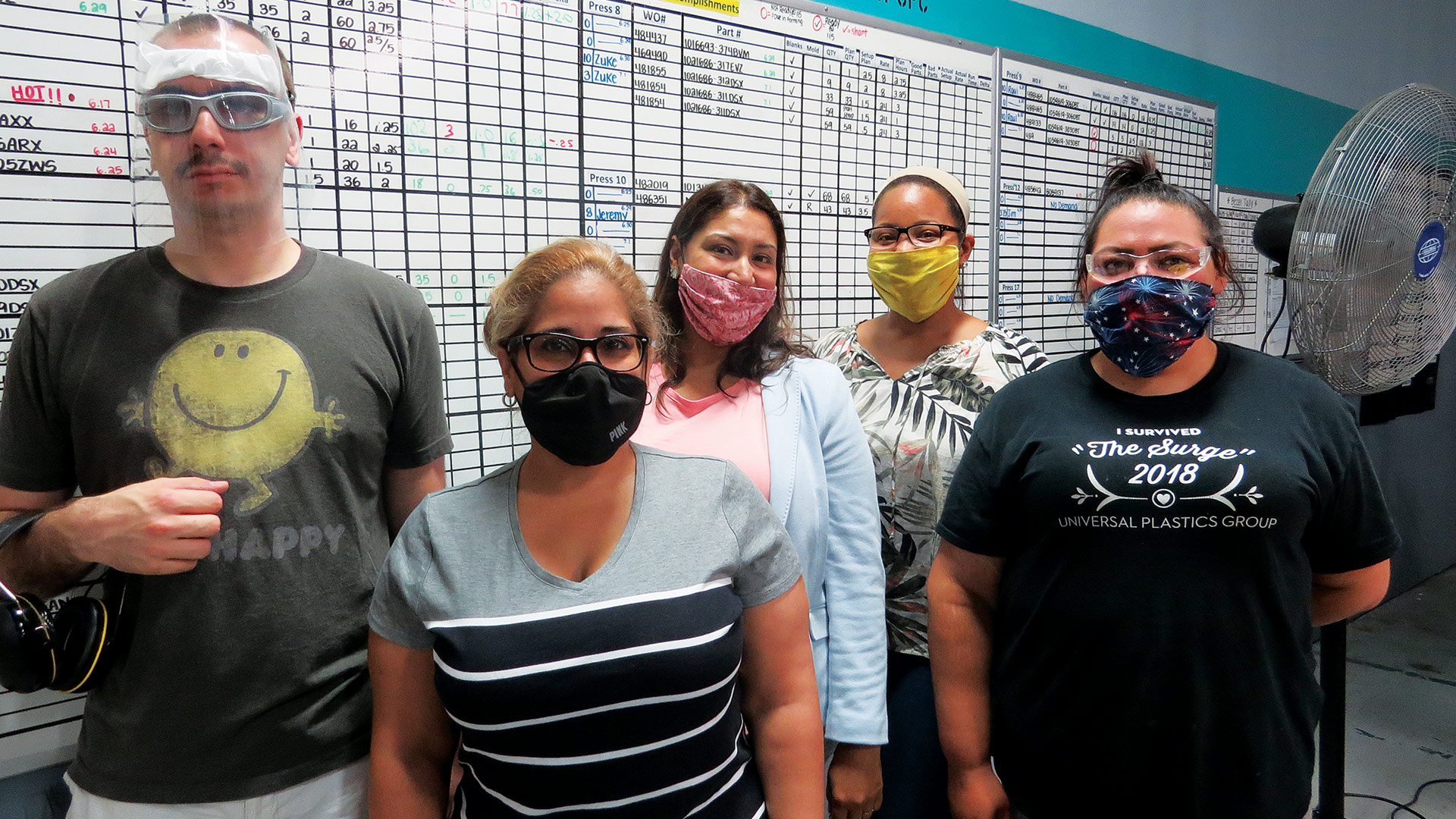



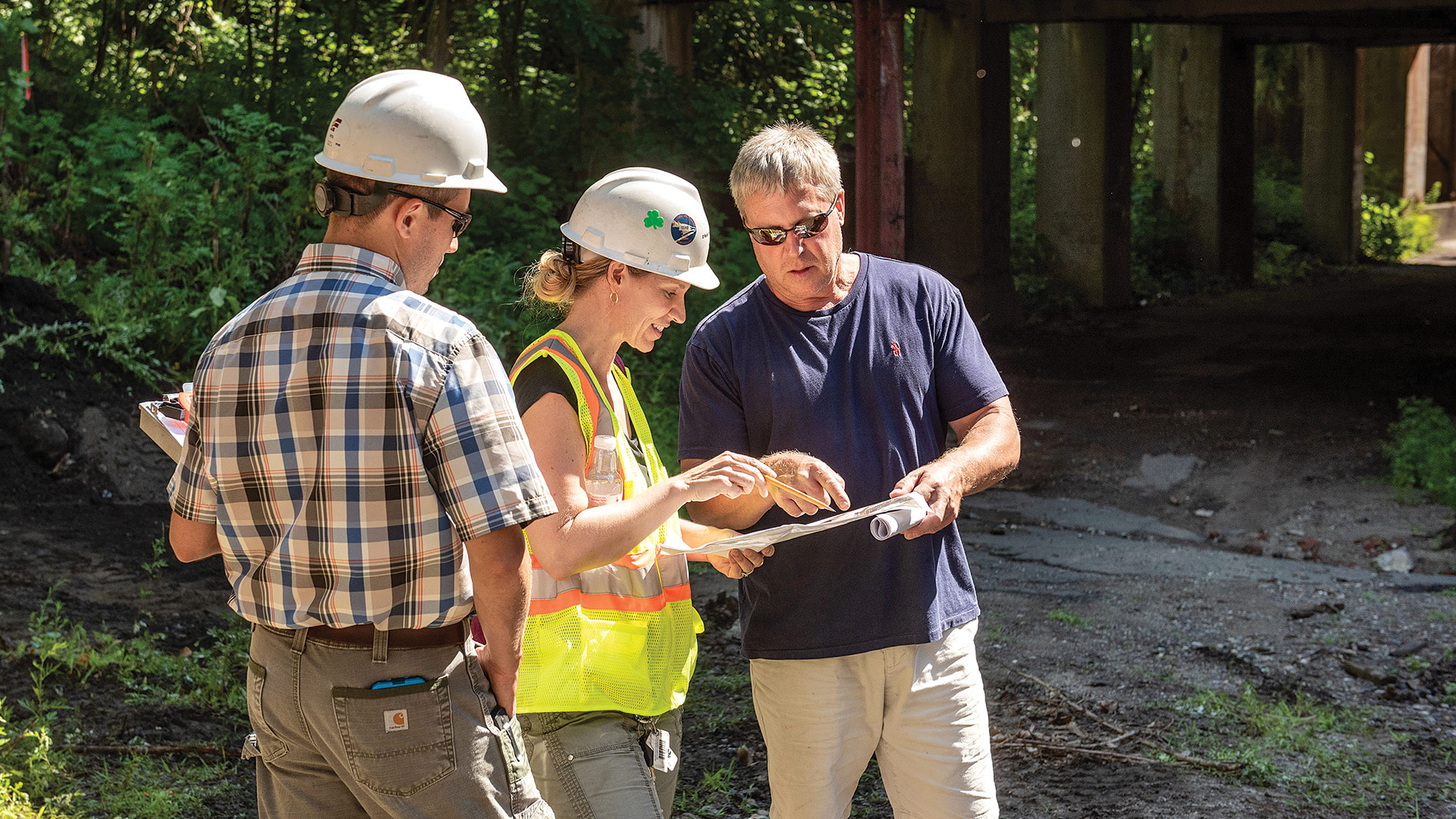

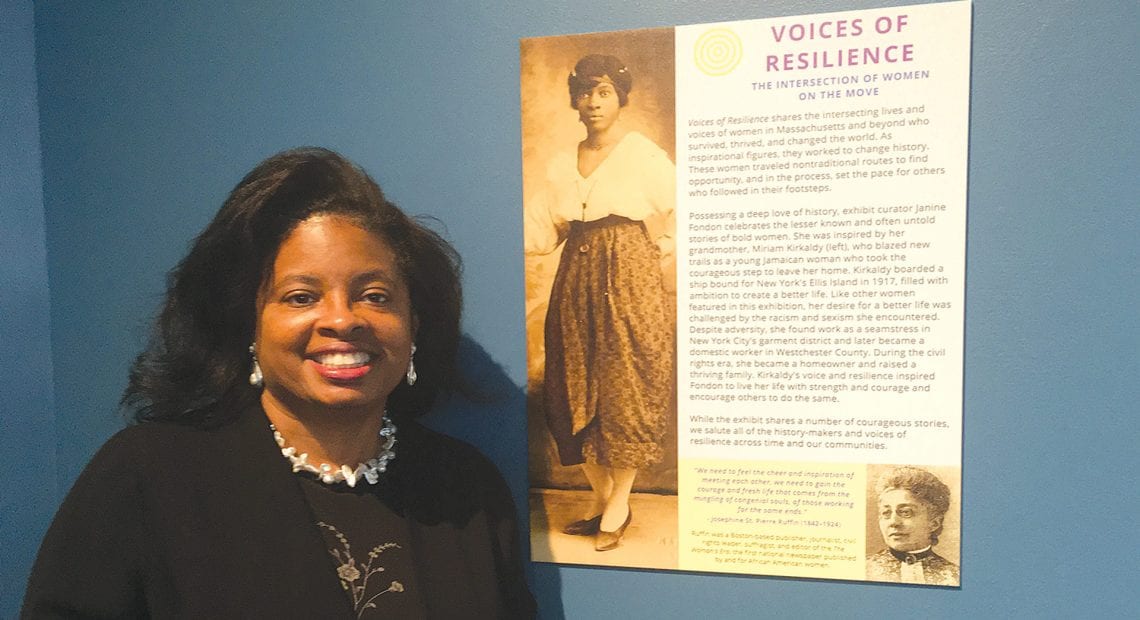
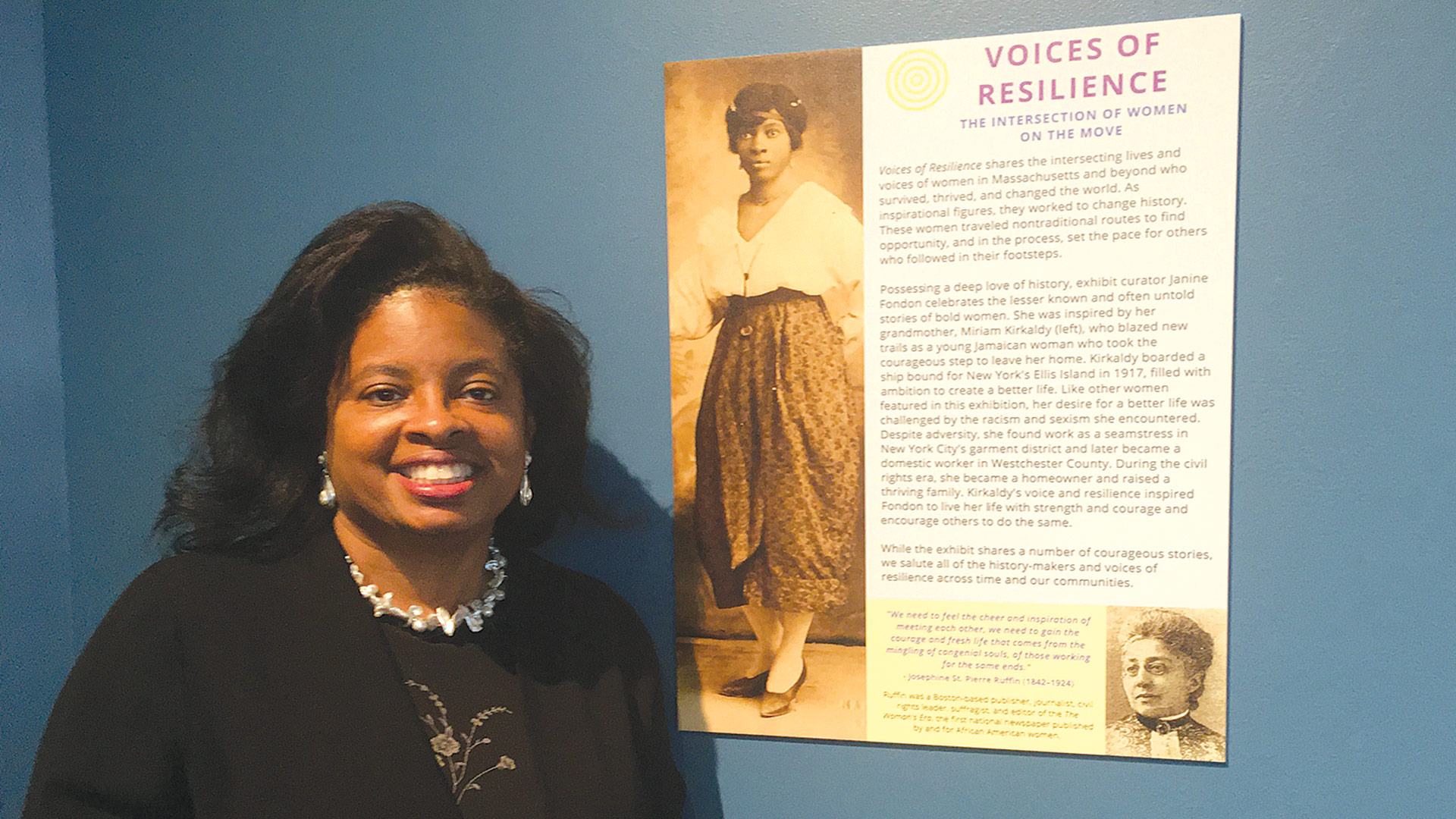
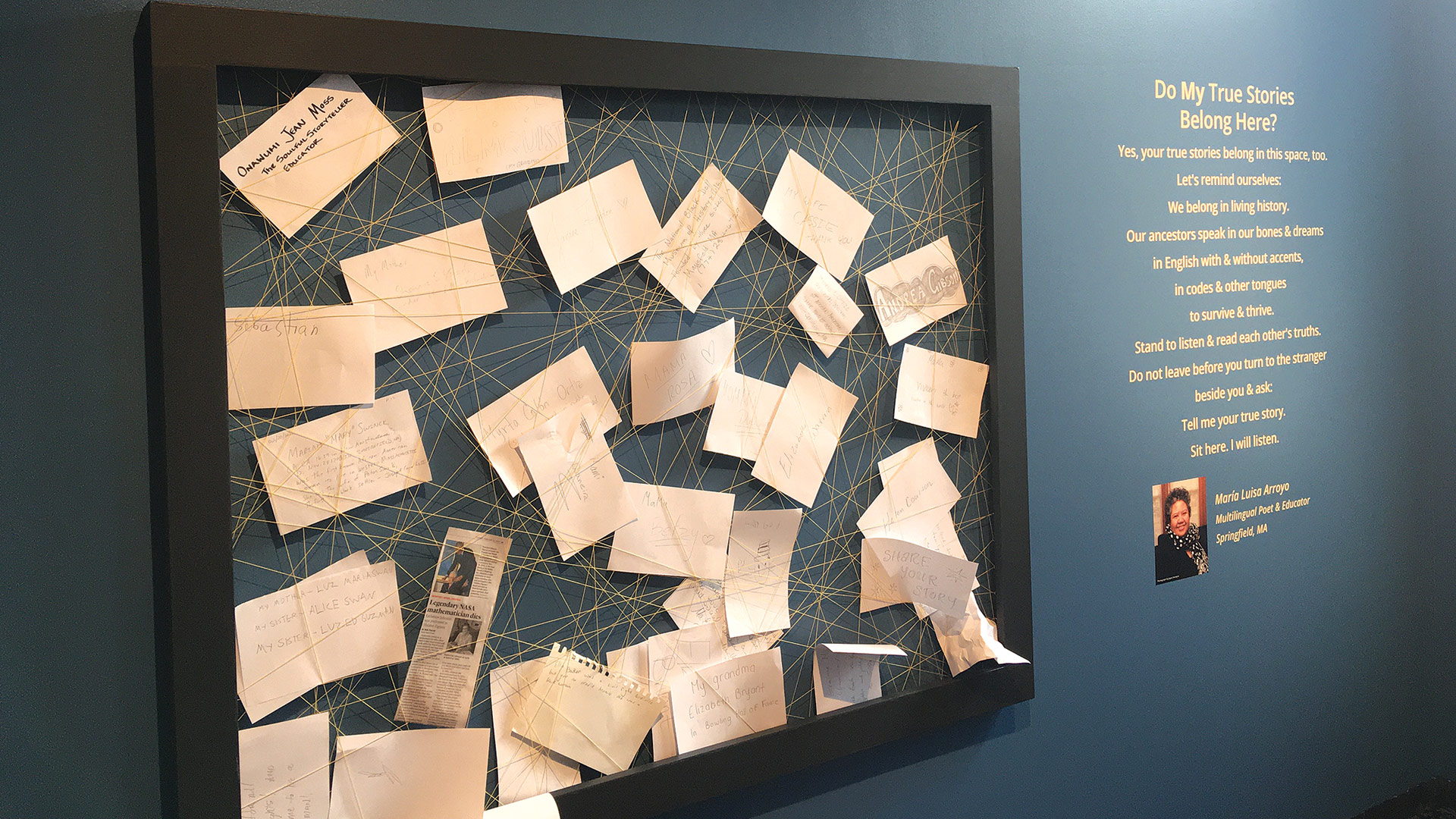

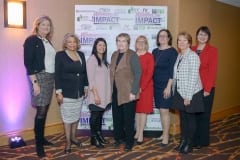
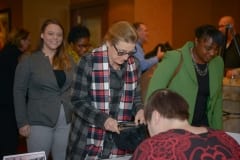


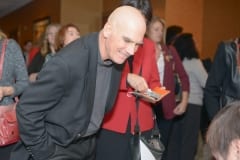
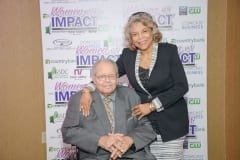

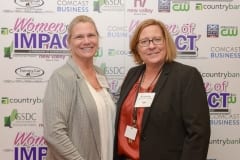
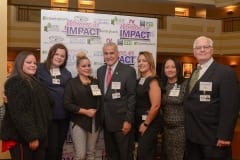
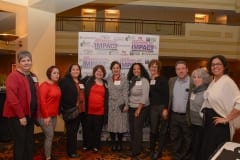

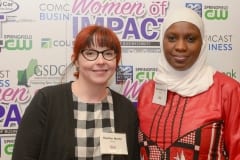
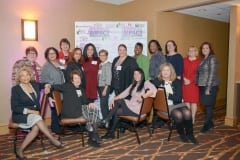
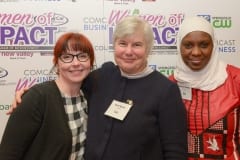
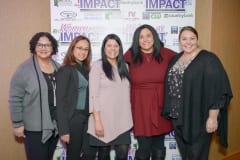
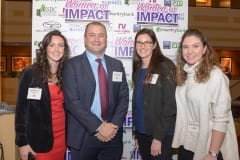

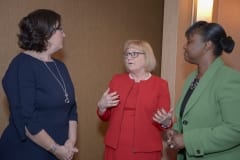

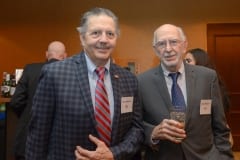
 More than 450 people turned out at the Sheraton Springfield on Dec. 5 for BusinessWest’s second annual Women of Impact luncheon. Eight women were honored for their achievements in business and in giving back to the community. The keynote speaker was Lisa Tanzer, president of Life is Good. This year’s honorees are (pictured, left to right):
More than 450 people turned out at the Sheraton Springfield on Dec. 5 for BusinessWest’s second annual Women of Impact luncheon. Eight women were honored for their achievements in business and in giving back to the community. The keynote speaker was Lisa Tanzer, president of Life is Good. This year’s honorees are (pictured, left to right):

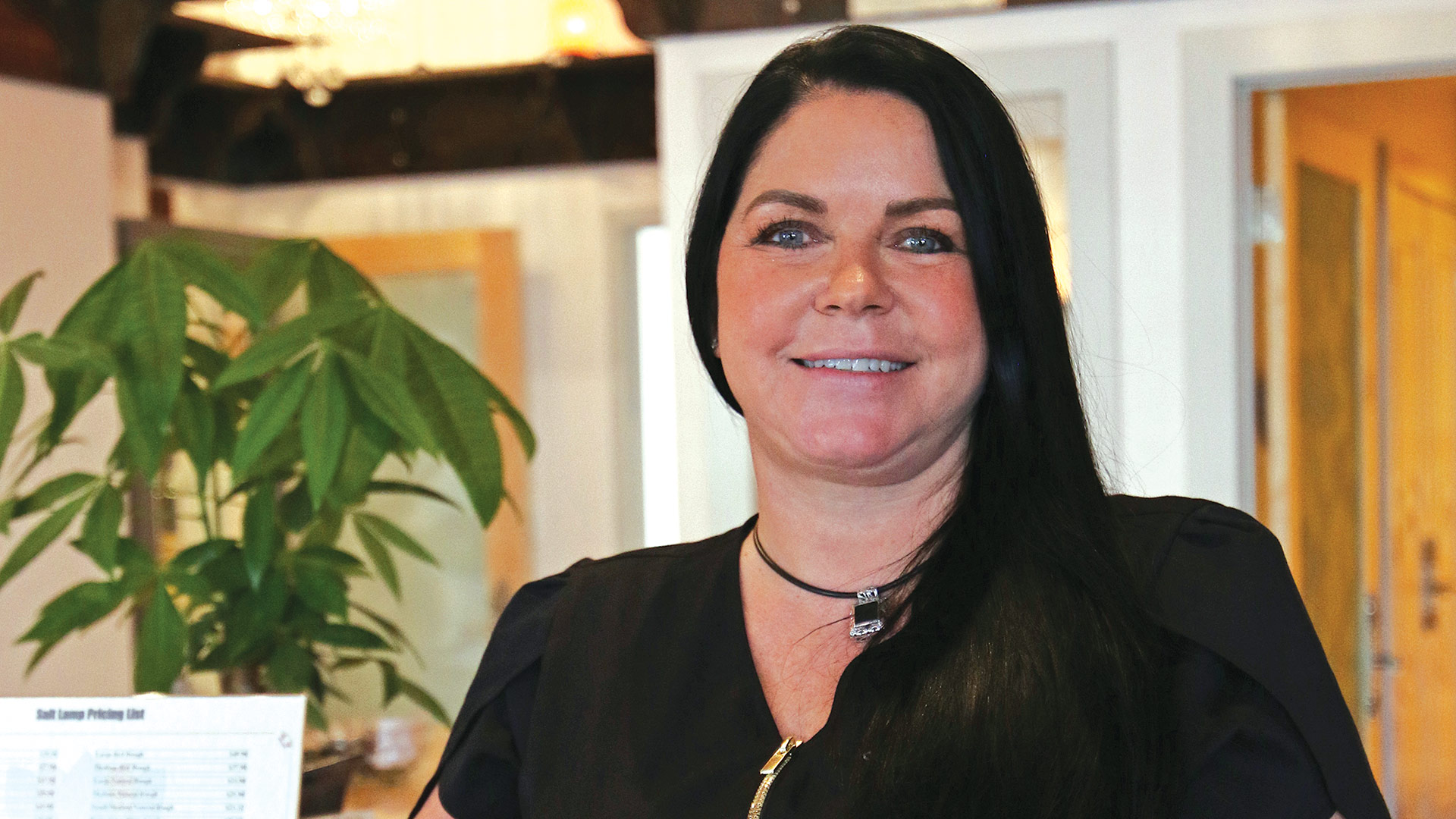

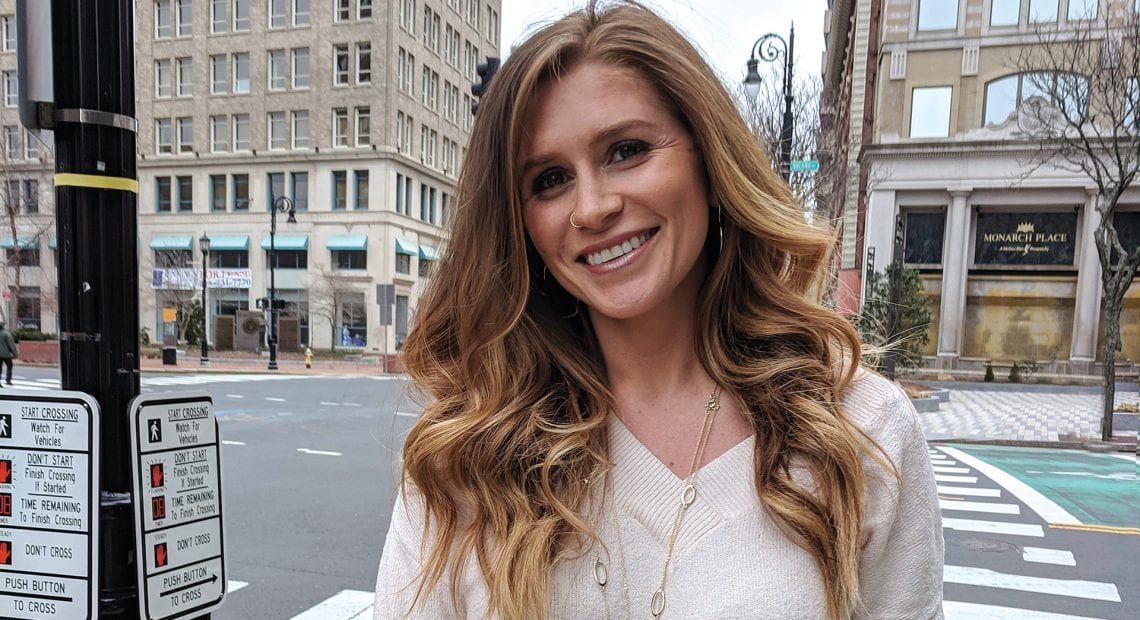

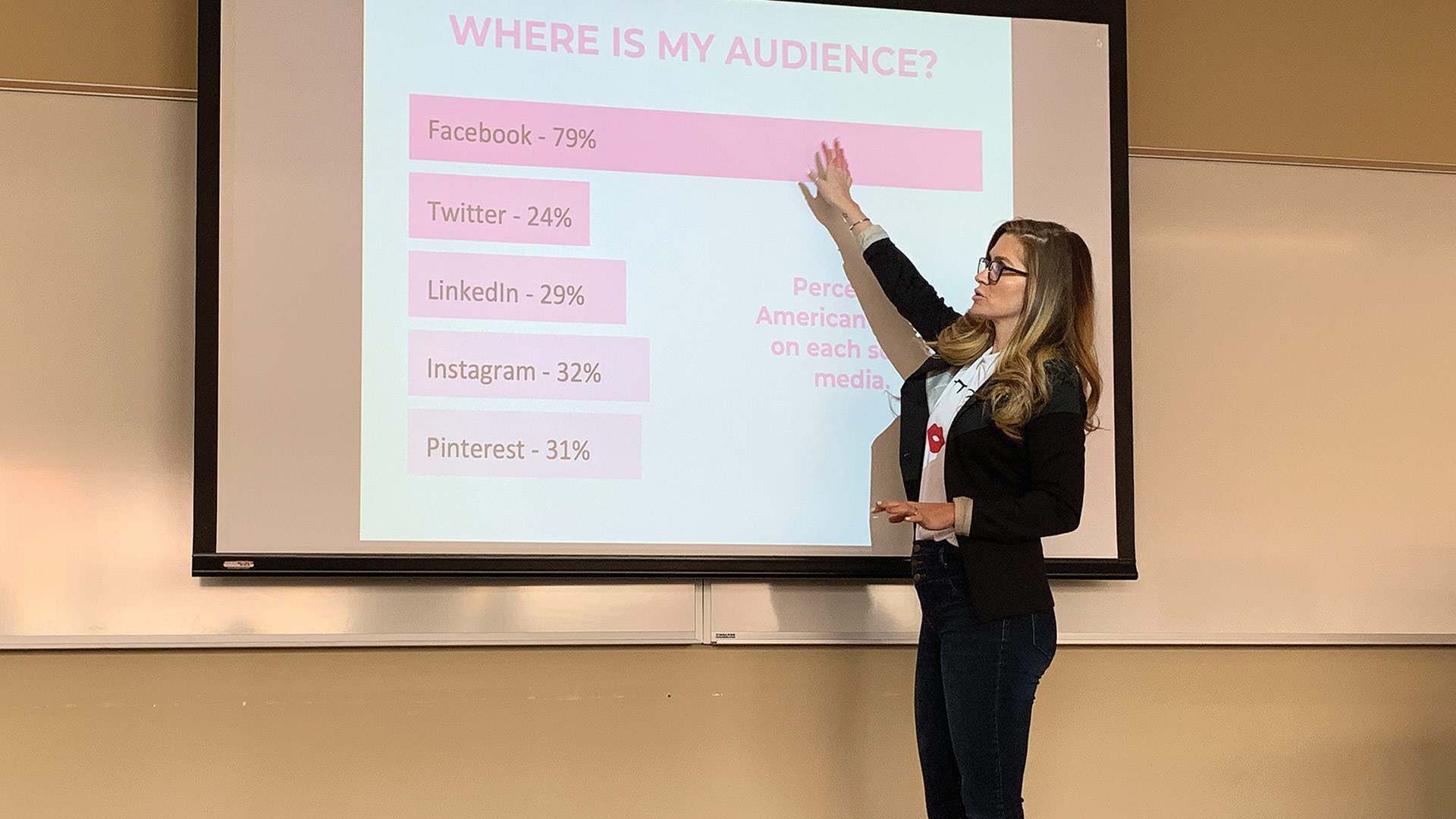





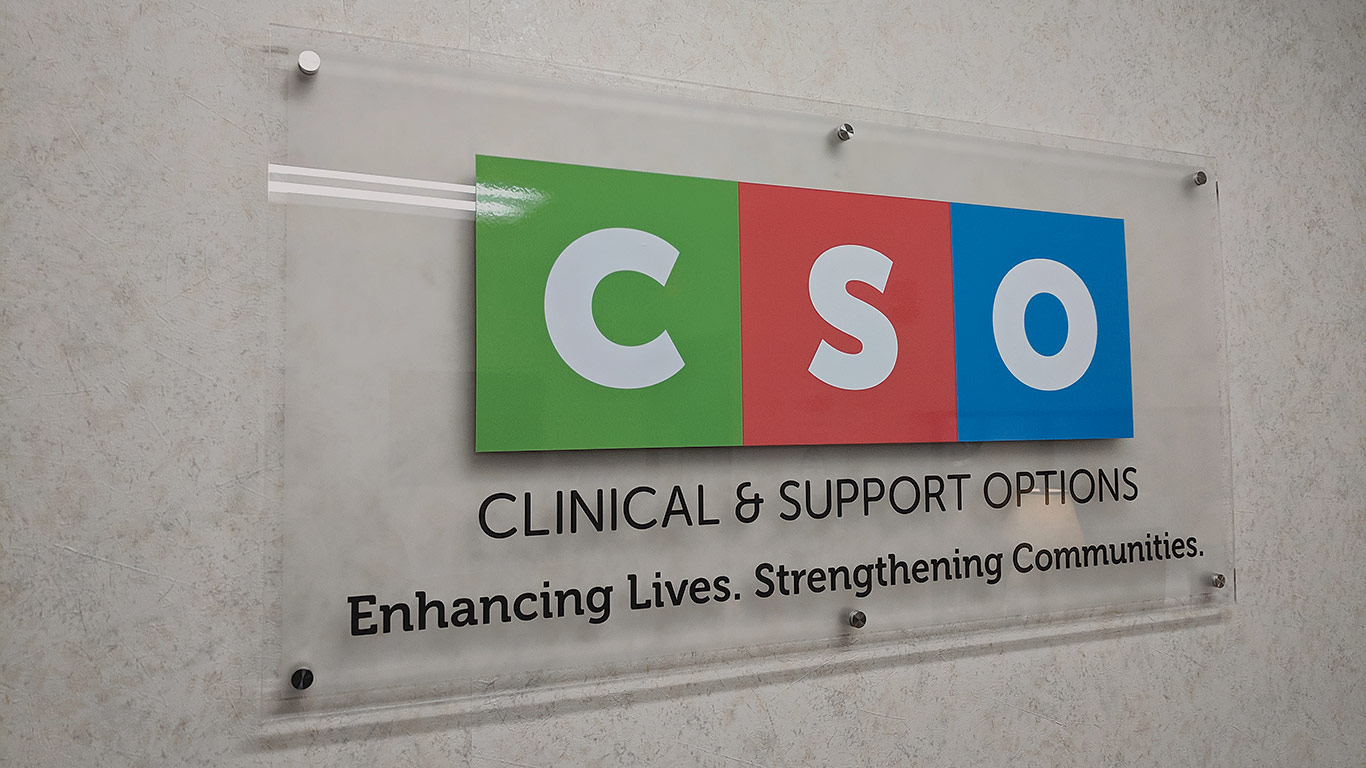
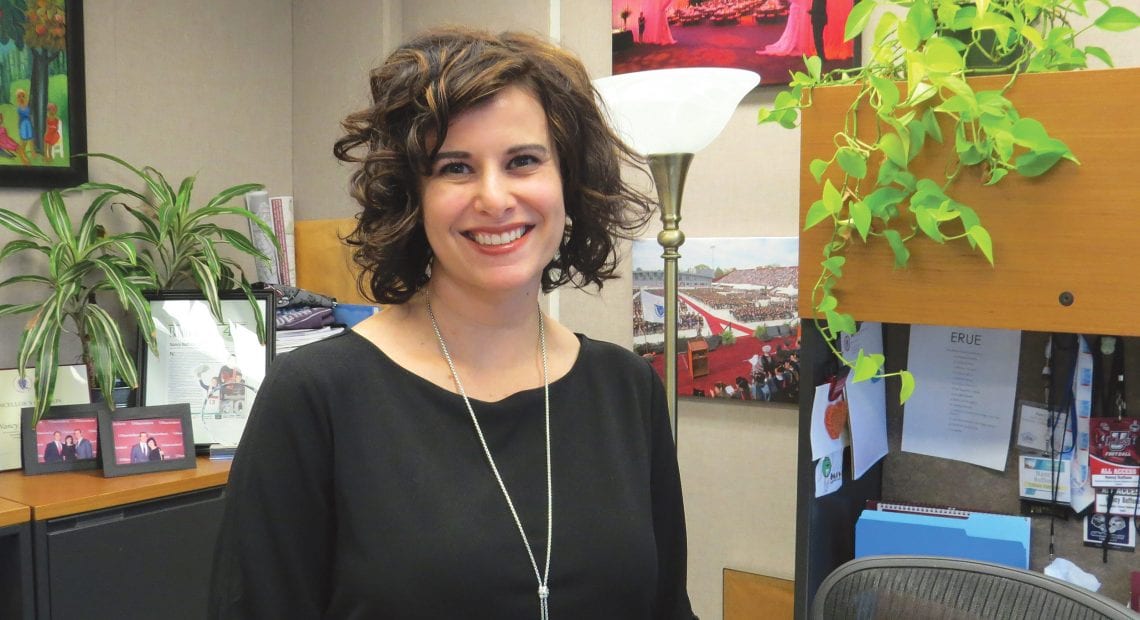
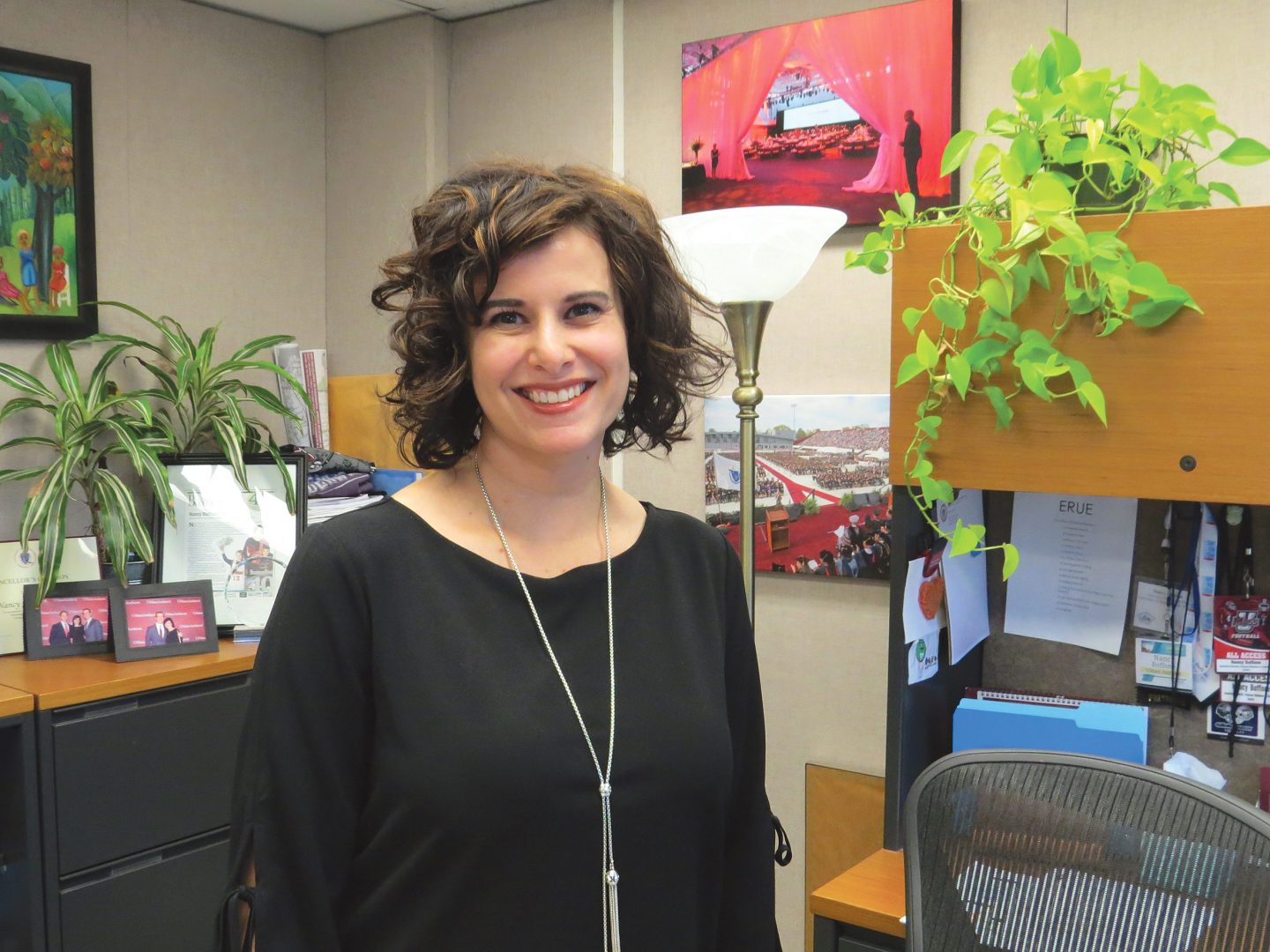

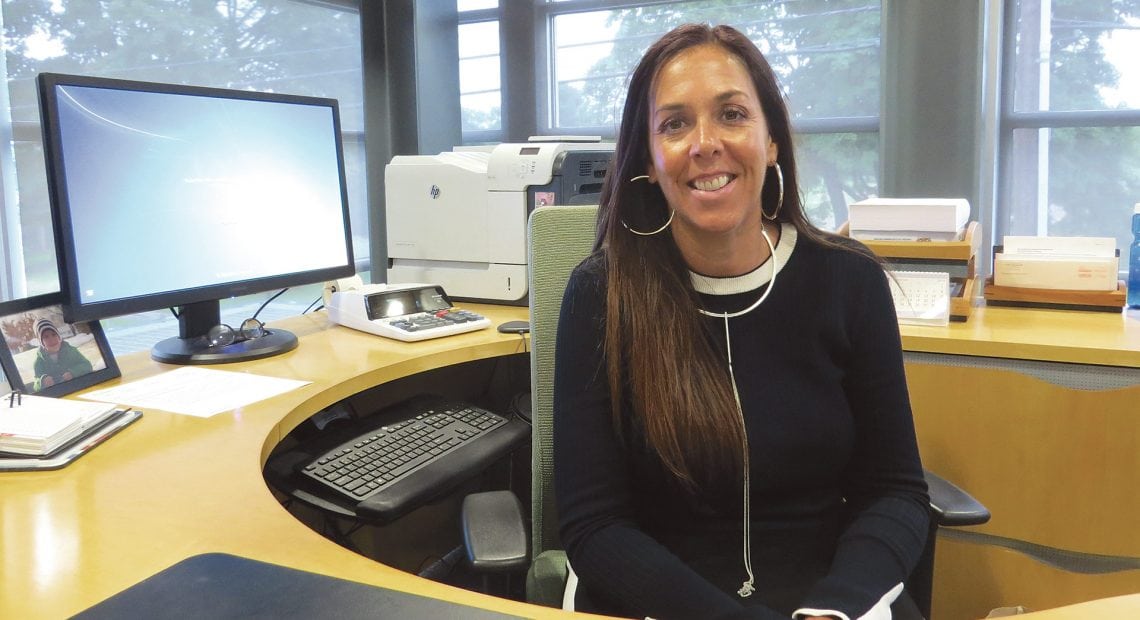
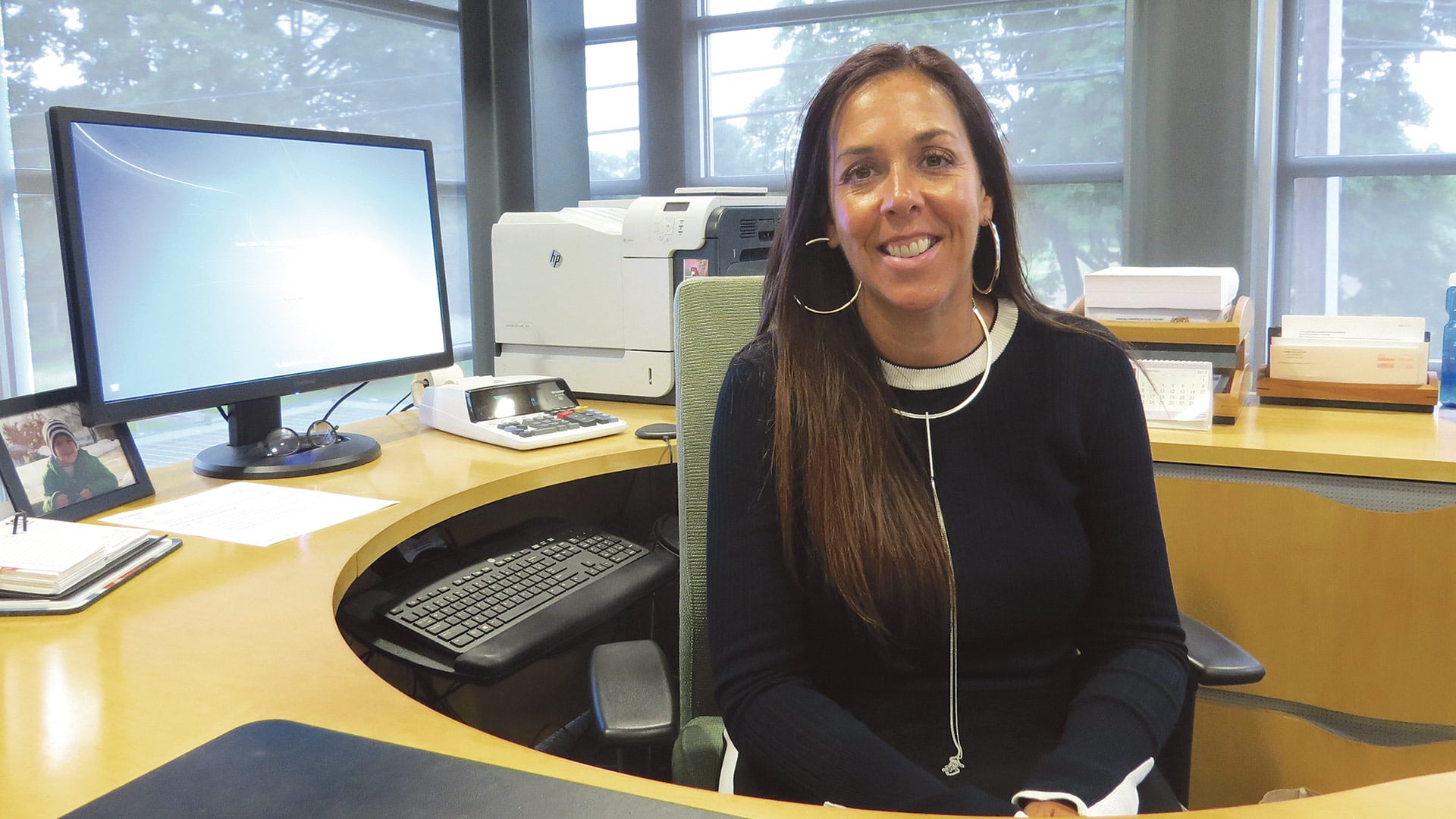




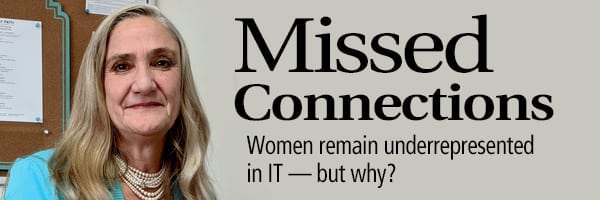
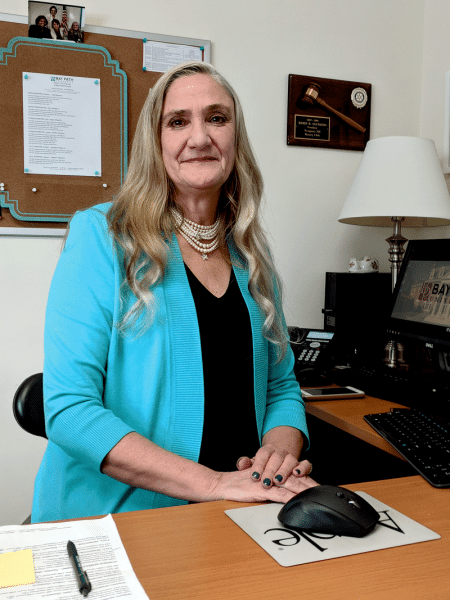
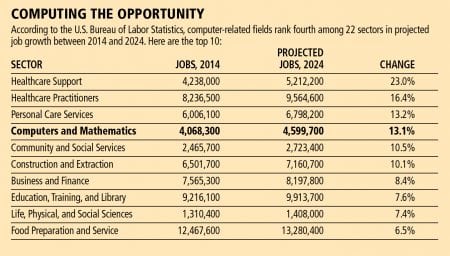
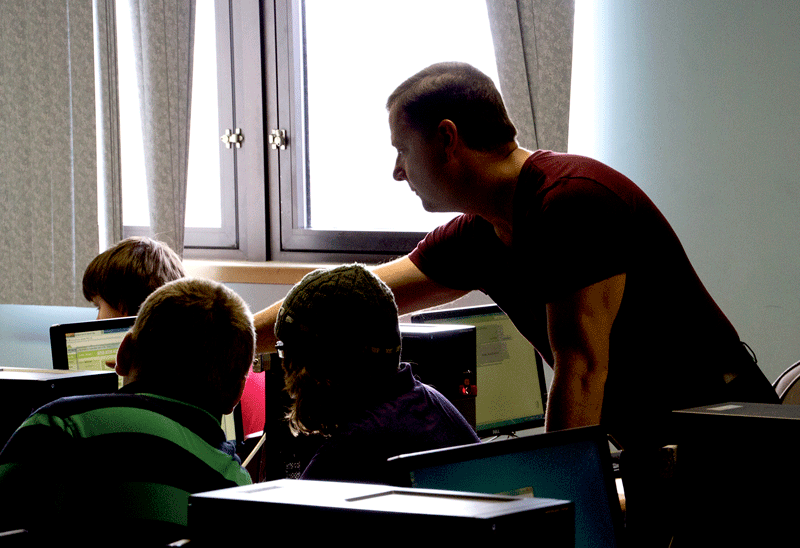
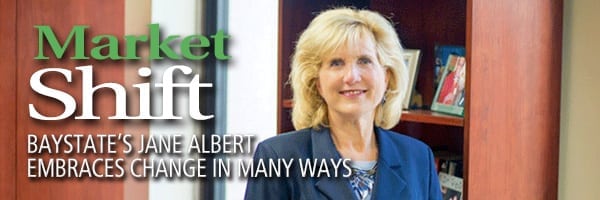
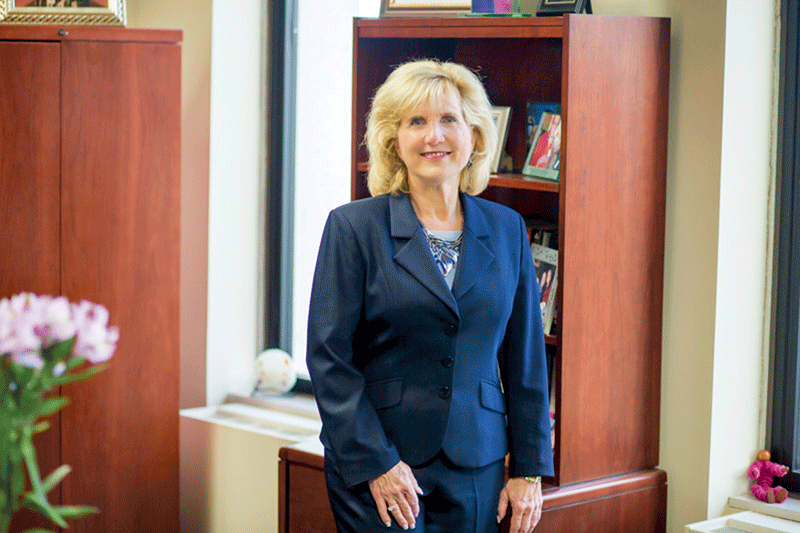
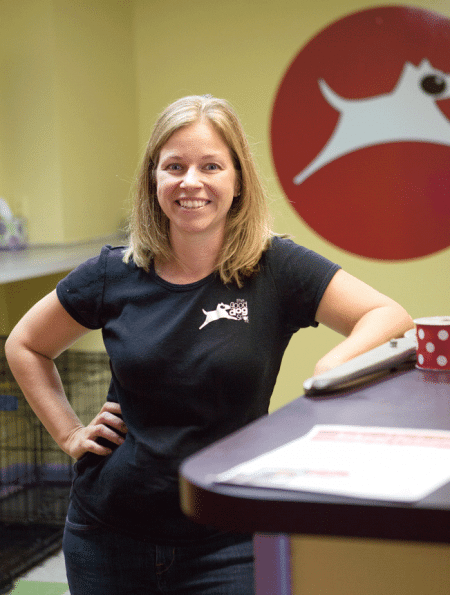

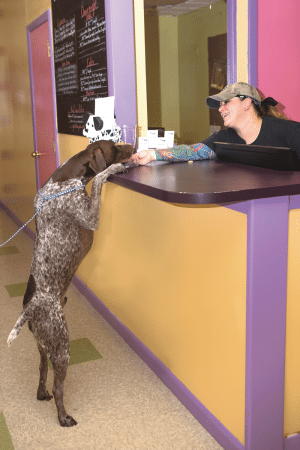
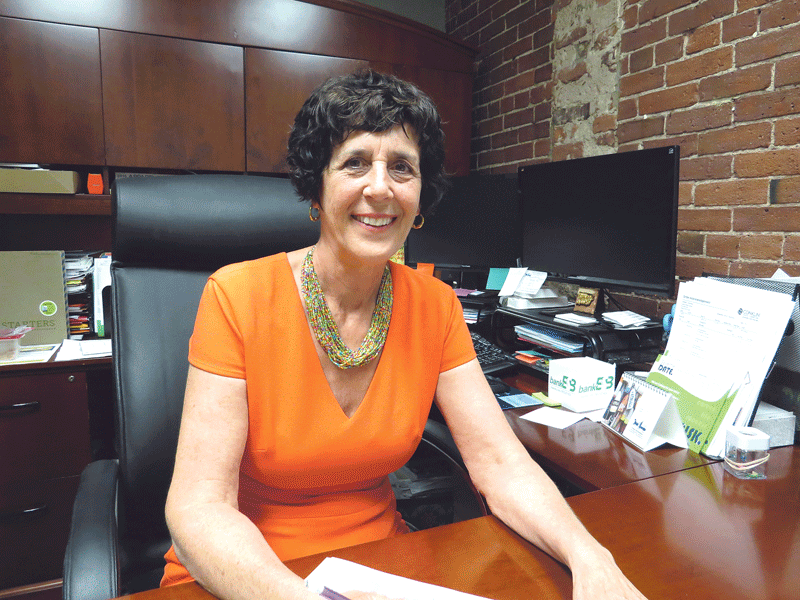
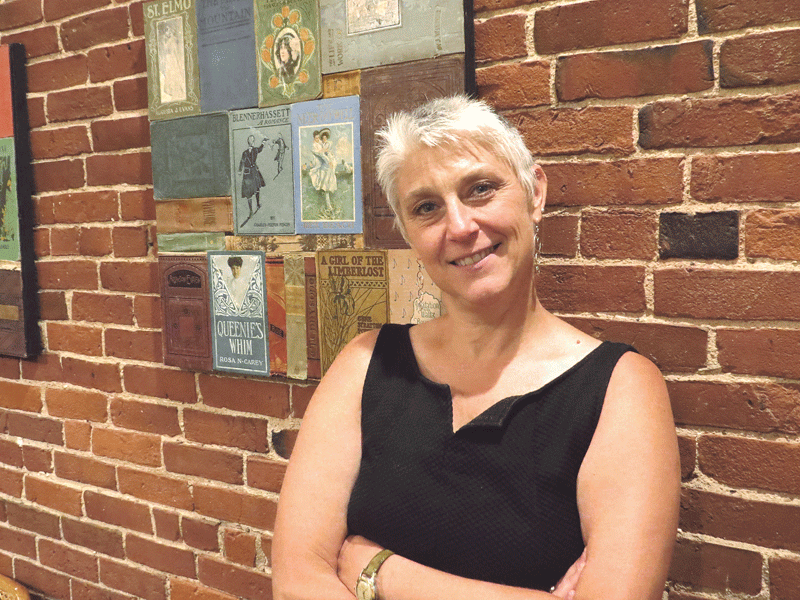

 It took just nine words to change Angela Lussier’s life: “you’ll never be ready; you just have to start.” That’s good advice for entrepreneurs of all kinds, but it was especially relevant for a shy, self-conscious, but creative and ambitious woman who decided her path to leadership was learning to overcome her fear of public speaking. Today, through the
It took just nine words to change Angela Lussier’s life: “you’ll never be ready; you just have to start.” That’s good advice for entrepreneurs of all kinds, but it was especially relevant for a shy, self-conscious, but creative and ambitious woman who decided her path to leadership was learning to overcome her fear of public speaking. Today, through the 
 Members of the Women Business Owners Alliance of Pioneer Valley say the organization has proven beneficial on many levels, offering inspiration and knowledge from other women’s experiences in a supportive and non-competitive atmosphere. There’s a comfort level in the WBOA many say they haven’t found elsewhere, and it’s helping them gain the confidence and connections to succeed at business and in life.
Members of the Women Business Owners Alliance of Pioneer Valley say the organization has proven beneficial on many levels, offering inspiration and knowledge from other women’s experiences in a supportive and non-competitive atmosphere. There’s a comfort level in the WBOA many say they haven’t found elsewhere, and it’s helping them gain the confidence and connections to succeed at business and in life.